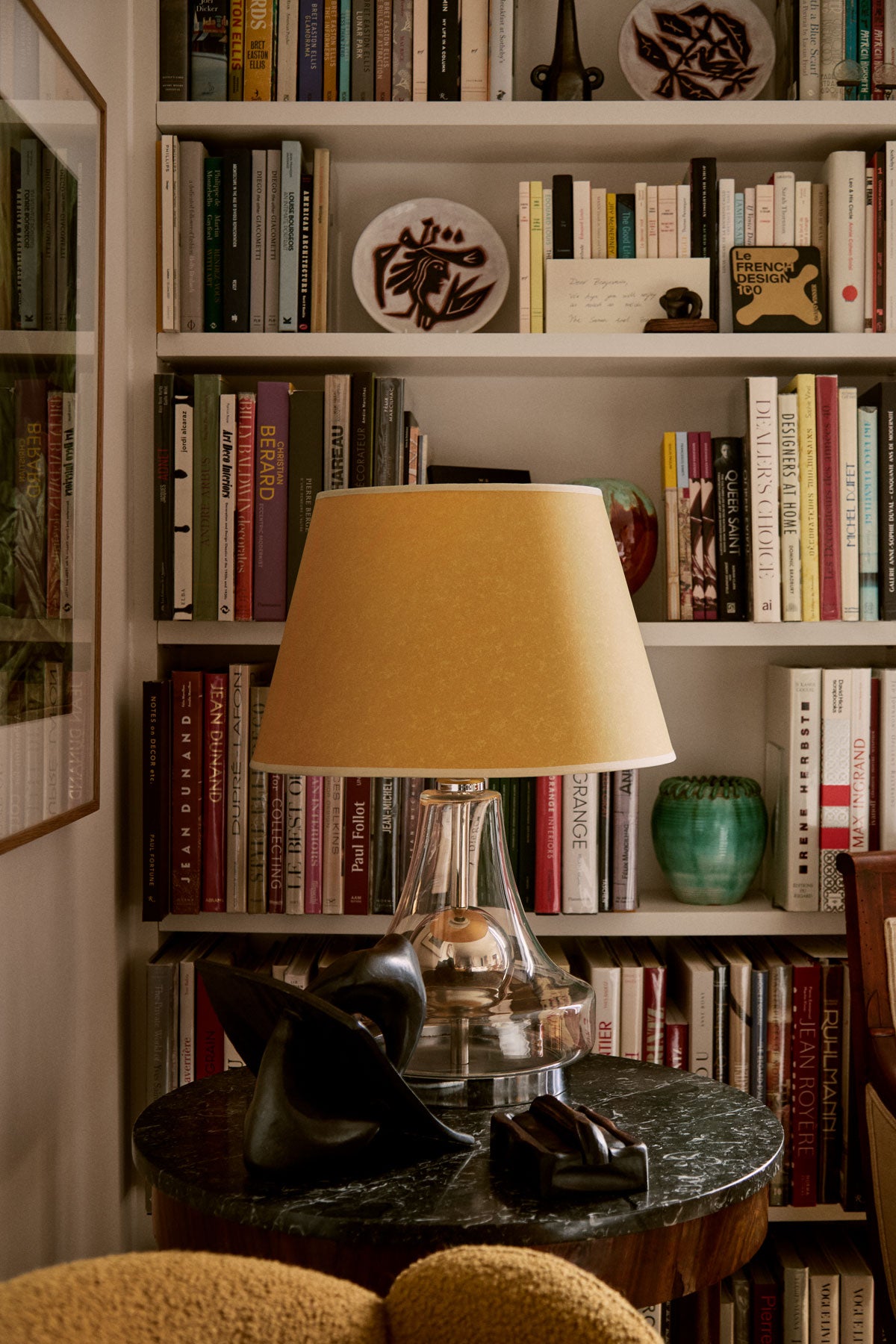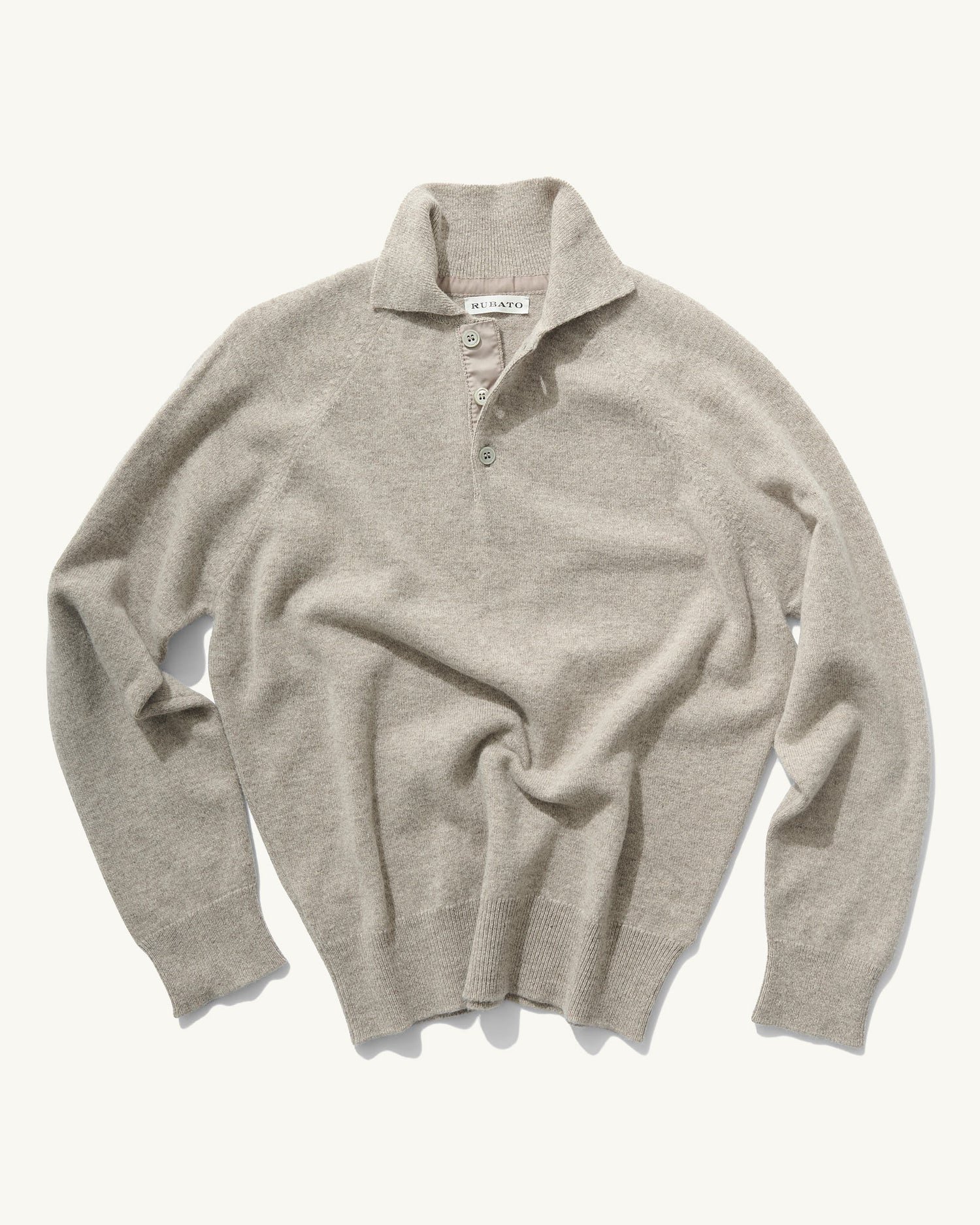transcending arts

When we first discussed my contributing to the Rubato Journal, I was asked to talk about a hobby or something I’m passionate about outside work, but in essence, the focus of my writing and research constitutes my area of interest, both professionally and personally; as such, it seemed apropos to discuss a figure who has been a source of fascination since I first started exploring twentieth-century art and design as a student, namely, Swiss sculptor Alberto Giacometti. Even ignoring the obvious aesthetic appeal, as an artist, Giacometti is significant as one of the key proponents in breaking down boundaries between fine and decorative arts, resulting in a wholesale rethink of the somewhat arbitrary way in which artists and designers were put in boxes, thereby opening the floodgates, as it were, to the fluidity we see today; where works such as those by Ingrid Donat, Marianna Kennedy and Vincenzo de Cotiis entirely defy traditional categorisation. Of course, the era in which Giacometti worked, en masse, saw unprecedented change, when the avant-garde were entirely reconsidering the classical canon, and the Surrealists, in particular, were looking to the subconscious for inspiration, an entree as it were, to wholly new and unchartered territories.
"in breaking down boundaries between fine and decorative arts"


André Masson pioneered the idea of “automatic drawing”, and the so-called Cadavre Exquis (or Exquisite corpse), a reimagining of the children’s game of “head, body, legs”, intended to spark the unconscious, in which each player adds to a drawing without seeing the preceding contributions, which are hidden by folding the paper. It resulted in fantastical composite figures, such as Nude (1928) by Yves Tanguy, Joan Miró, Max Morise, and Man Ray. In 1929, the latter introduced the young Giacometti to the ascetically inclined French decorator Jean-Michel Frank, whose spartan, parchment-clad interiors had become all the rage amongst the Parisian haute bohème. This chance encounter proved a truly formative moment, as from then on, Giacometti persisted in producing decorative objects, including lamps, sconces and vases for Frank, despite naysayers who saw it as something of an artistic decline.

"...objects was no different to that of his “pure” sculptural work"
Whilst initially, at least, he accepted such commissions for reasons of economic necessity, or, as he put it somewhat bluntly in an interview with André Parinaud, “in order to survive”, his approach to creating these “utilitarian” objects was no different to that of his “pure” sculptural work. Indeed, there was such an overlap it's impossible to say with any degree of certainty whether it was the decorative arts that influenced his sculptural practice or vice versa. In 1948, after Frank’s untimely death, in a letter to his gallerist he references the importance he attributed to their collaboration: “I am able to make objects only because Diego works very well and deals with all aspects of casting, etc., but objects interest me hardly any less than sculpture, and there is a point at which the two touch.”

As Jean Leymarie wrote, the sculptor discerned “no rift between the fine and decorative arts” and “exercised the same care in creating utilitarian vases as he did in making the fantastic constructions he had on exhibit at the galleries of dealers Pierre Loeb and Pierre Colle”. Although it might seem commonplace today, Giacometti was the first to fuse sculpture with functional design, a truly revolutionary approach, conflating technical expertise and unparalleled creativity, blurring the boundaries between form and function, and in turn, changing the course of art as we know it.

Benjamin Weaver is the Editor in Chief at The London List - a digital publication exploring art, architecture and interiors, from carefully researched and thought-provoking articles to interviews with artists, makers and industry insiders.
Ben is wearing:


